Moel Faner Hillfort
With an entrance facing towards the north-east, this oval shaped hillfort is probably from the Iron Age. It lies at a height of 950 feet, on a promontory of a hill overlooking the Nannau estate and the Mawddach valley. The fort was small, being about 0.5 acres and the single wall enclosing the fort would have been about six feet high, but it is now quite trampled.

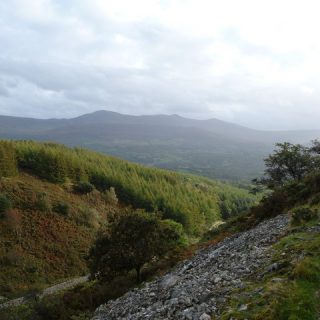
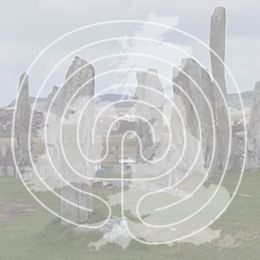
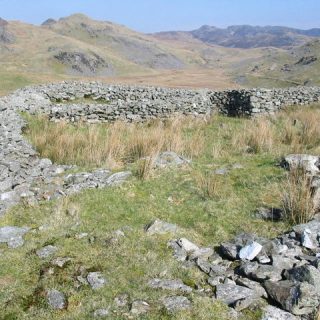

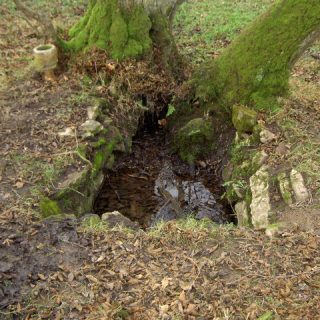
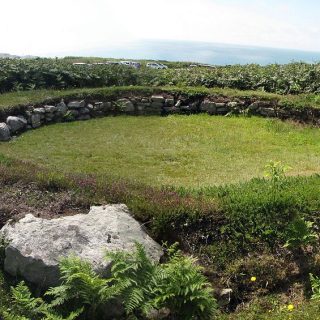
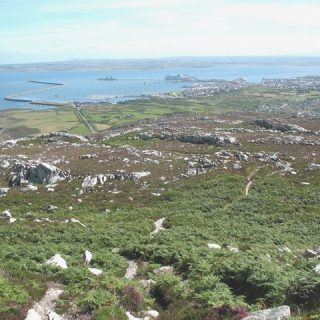


Recent Comments